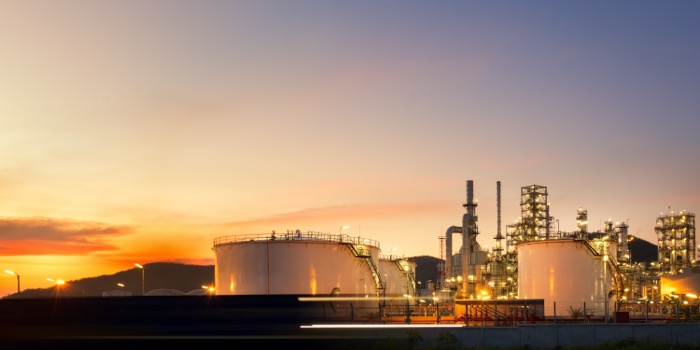There could be “considerable headwinds” in 2020 that would push against capacity investments that have been made during the past several years and new capital investments over the next three years, according to the Gulf Coast Energy Outlook for 2020, which was conducted by the LSU Center for Energy Studies
When it comes to Gulf Coast refineries, capacity has been increasing annually at an average rate of 1.5 per cent per year, and the Gulf Coast region is anticipated to experience as much as £239 billion in new capital investments.
According to the report, the Haynesville Shale is currently at record production and above its 2012 peak. The play’s overall production went from 5.8 billion cubic feet per day (bcf/d) in December 2016 to 11.5 bcf/d in January 2019. The offshore Gulf of Mexico should also continue to maintain its steady and sustained production gains through deepwater and ultra-deepwater developments.
But despite these uncertainties, the near-term outlook for US and Gulf Coast energy production continues to be solid, given the strong ongoing productivity gains that will continue, particularly in the Permian Basin and offshore Gulf of Mexico, it said.
Over the past several years, PADD 3’s refineries have been operating at around 90 per cent, a level comparable to and likely driving the national average: “The past several years have seen not only considerable growth in Petroleum Administration for Defense District (PADD) 3 refining capacity, but also a considerable increase in the operating utilization of that capacity.”
The Gulf Coast Economic Outlook for 2020 also anticipates modest increases in employment in Texas and Louisiana in the coming years.
In total, the forecast expects Louisiana and Texas to gain approximately 2,500-7,000 jobs in refining and chemical manufacturing by the end of 2022. This is approximately a 7 per cent increase over the next five years.
Total US crude oil production is projected to increase to approximately 18 million bpd by 2030, with more than 12 million bpd of that production coming from the Gulf Coast region. This will lead to a modest increase in the share of oil production from the Gulf Coast region from about 66 percent in 2019 to 70 percent by 2030.
Gulf Coast crude oil production is forecast to hit 9 million bpd by 2020, 9.6 million bpd in 2021 and 10.2 million bpd by 2022. Gulf Coast natural gas production rates are expected to hit 42 bcf/d in 2020, 42.7 bcf/d in 2021 and 43.8 bcf/d in 2022.
For more information visit www.lsu.edu














